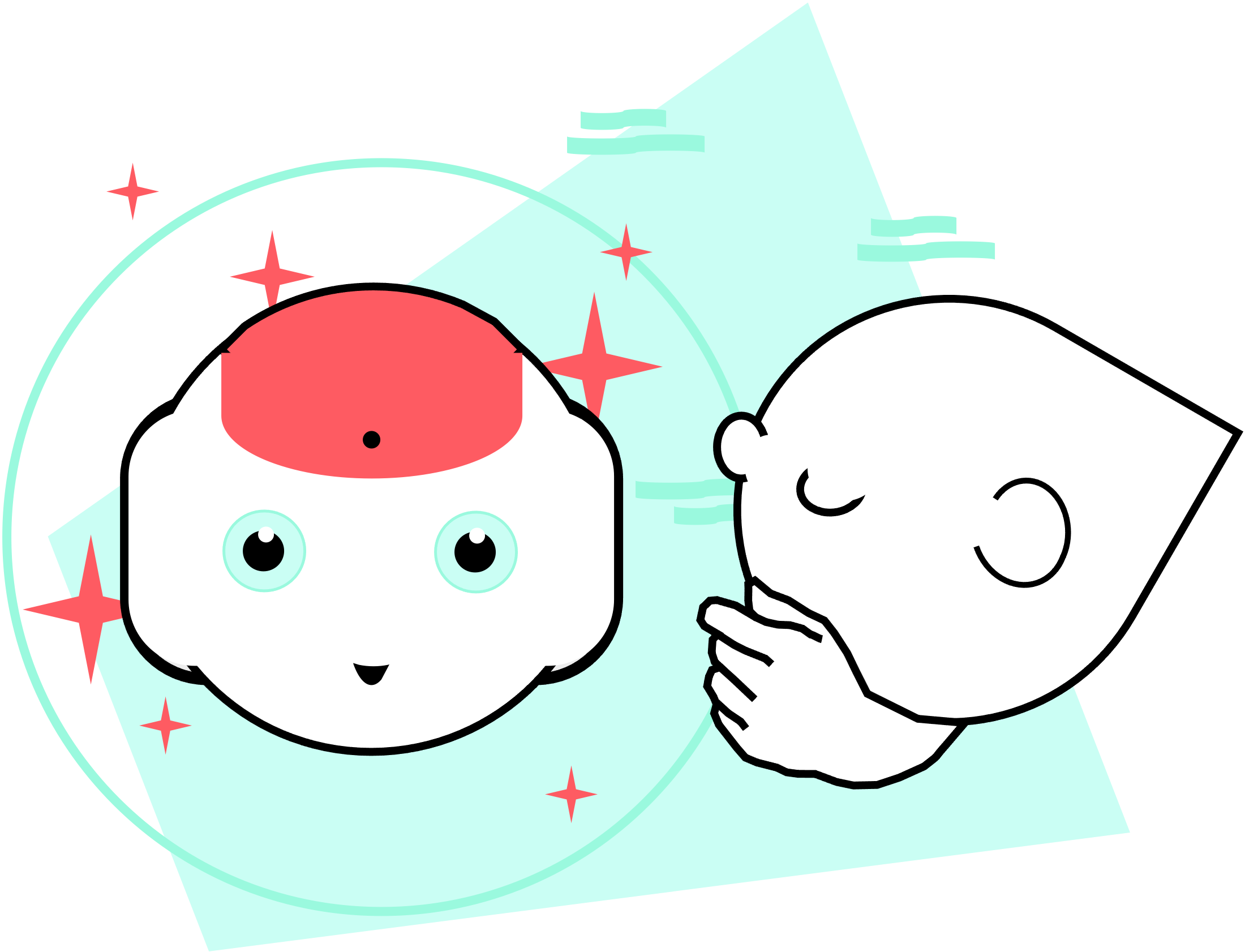研究内容
Research
Below are my research projects since launching the Aspire Lab. For my previous research, please see my personal website.
以下はアスパイア・ラボでの研究プロジェクトです。これまでの研究については、私の個人サイトをご覧ください。
カワイイ音声UX
Kawaii Vocalics
Kawaii vocalics, or kawaii voice user experience (UX), is a new area of study aiming to explain the properties and effects of kawaii (Japanese "cute") voice phenomena. Kawaii vocalics fills the gap between the psychological study of kawaii and human-computer interaction (HCI) by considering how the design of virtual agents with kawaii voices can affect first impressions, trust, rapport, and compatibility. We will explore the nature and attributes of kawaii vocalics compared to kawaii visuals and emotion and behaviour elicitation through virtual agents with kawaii voices.
カワイイ・ヴォーカリクス、すなわちカワイイ音声ユーザー・エクスペリエンス(UX)は、カワイイ音声現象の特性と効果を説明することを目的とした新しい研究分野である。カワイイ・ヴォーカリクスは、カワイイ声を持つバーチャル・エージェントのデザインが、第一印象、信頼、ラポール、相性にどのような影響を与えるかを考察することで、カワイイの心理学的研究とヒューマン・コンピュータ・インタラクション(HCI)のギャップを埋めるものです。私たちは、カワイイビジュアルと比較したカワイイ・ヴォーカリックスの性質と属性、そしてカワイイ・ヴォイスを持つバーチャル・エージェントによる感情と行動の誘発について探求します。
Projects
Kawaii Computing
Kawaii computing explores the Japanese concept of cute in human-computer interaction contexts. We consider the socio-cultural features of kawaii in interactive experiences with computers.
カワイイ・コンピューティングは、ヒューマン・コンピュータ・インタラクションの文脈における日本の「カワイイ」の概念を探求している。我々は、コンピュータとのインタラクティブな体験における「カワイイ」の社会文化的特徴を考察する。
- Lab Members:
- Publications:
- Funding:JSPS Grants-in-Aid for Scientific Research B (KAKENHI Kiban B)
- Timeline: FY24~
Modelling Kawaii Vocalics
Little is known about kawaii as a sound phenomenon. What features of visual kawaii transfer? What unique properties does kawaii sound have? We ask.
音の現象としてのカワイイについてはほとんど知られていない。視覚的なカワイイにはどのような特徴があるのか?カワイイ音声にはどんなユニークな特性があるのか?我々は問う。
- Lab Members:
- Publications:
- Funding:JSPS Grants-in-Aid for Scientific Research B (KAKENHI Kiban B)
- Timeline: FY22~
Kawaii Game Voice UX
Kawaii game voice user experiences (voice UX) are characterized by visual and sound phenomena associated with characters and other diegetic agents.
カワイイゲーム音声UX(ボイスUX)は、キャラクターや他のダイスジェティックエージェントに関連する視覚的・音響的現象が特徴です。
- Lab Members:
- Publications:
- Funding:JSPS Grants-in-Aid for Scientific Research B (KAKENHI Kiban B)
- Timeline: FY23~
音声UX
Voice UX
Voice is a natural mode of communication. As an aural medium, voice is used to deliver information (speech) as well as express characteristics of the speaker (vocalics). Advances in sound production and machine learning alongside the proliferation of intelligent assistants and dictation interfaces have pushed voice user experiences (voice UX) to the forefront of modern human-computer interactions. We explore the paradigm of voice UX through systematic reviews, critical design studies, and controlled experiments.
音声は自然なコミュニケーション手段です。聴覚メディアである音声は、情報(内容)を伝えるだけでなく、話し手の特徴(パラ言語)を表現するために使用されます。音声生成と機械学習の進歩は、知的アシスタントやディクテーション・インターフェースの普及と並んで、音声ユーザー体験(音声UX)を現代の人間とコンピュータのインタラクションの最前線に押し上げました。私たちは、文献調査、クリティカル・デザイン調査、および人体実験を通して、音声UXの現象を探求しています。
Projects
Voice Against Bias
Can voice influence attitudes towards age? We aim to find out with MAKOTO, our “older adult” voice assistant.
音声は年齢に対する意識に影響を与えることができるのか?お年寄りぽい音声アシスタント「MAKOTO」を使って、それを明らかにすることを目指します。
- Lab Members:
- Publications:
- Funding:JSPS KAKENHI Wakate
- Timeline: FY21-FY24
Evaluating Voice UX
We're exploring ways to measure and evaluate interactions with voice-based agents, interfaces, and environments.
音声エージェント、インターフェース、環境とのインタラクションを測定・評価する方法を模索しています。
- Lab Members:
- Publications:
- Funding:JSPS KAKENHI Wakate
- Timeline: FY21~
Morphologies in Voice and Body
What kinds of bodies should voice-based agents have, if any? We explore a range of modalities and morphologies.
音声ベースのエージェントは、どのような身体を持つべきなのでしょうか。私たちは、さまざまなモダリティとモルフォロジーを探求しています。
- Lab Members:
- Publications:
- Funding:JSPS KAKENHI Wakate
- Timeline: FY22~
ネガバースにおける相互作用
Interactions in the Negaverse
Are we living in a negaverse? Critical scholarship has drawn attention to a range of ways in which technology exploits, affords, or even celebrates negative experiences. Dark patterns and persuasive interfaces, misinformation and fake news, maldaimonic UX and dark participation … even gamification can have an adverse effects, whether intentionally or not. We explore how negative user experiences and orientations play out across a range of interactive systems, as well as how they can be disrupted.
私たちはネガバースに生きているのだろうか?批評的な研究は、テクノロジーがネガティブな経験を利用したり、与えたり、あるいは称賛したりするさまざまな方法に注意を向けてきた。ダークパターンや説得力のあるインターフェイス、誤報やフェイクニュース、maldaimonic UXやダークな参加…ゲーミフィケーションでさえ、意図的かどうかにかかわらず、悪影響を与えることがある。私たちは、様々なインタラクティブ・システムにおいて、ネガティブなユーザー体験や方向性がどのように展開されるのか、また、それらをどのように破壊することができるのかを探求しています。
Projects
ELEMI: Exoskeleton for the Mind
Exploring whether and how a metacognitive agent can help us grapple with misinformation on social media.
メタ認知エージェントがSNS上の誤報に対処するのに役立つかどうか、またどのように対処するかを探ります。
- Lab Members:
- Publications:
- Funding:DLab Challenge Grant 2020
- Timeline: FY20-F22
Trust in AI
What factors affect trust and reliance in AI-based agents, systems, and environments? Exploring layperson and expert perspectives.
AIを活用したエージェント、システム、環境に対する信頼や信用に影響を与える要因とは?一般人や専門家の視点を探ります。
- Lab Members:
- Publications:
- Funding:DLab Challenge Grant 2020
- Timeline: FY20~
AIと交差的デザイン
AI and Intersectional Design
Intersectional design examines how power operates through design practice with respect to overlapping factors of social identity, such as gender, age, and race. Designers, knowingly or not, draw on social models of how we look and sound, think and behave, and interact with the world. Users, too, respond in kind. We approach this phenomenon from an intersectional perspective, focusing on whether human diversity is reflected in design and research practice as well as how user reactions are shaped by biases embedded in the design of intelligent agents and interactive experiences.
交差的デザインは、ジェンダー、年齢、人種といった社会的アイデンティティの重複する要素に関して、デザイン実践を通してどのように権力が作用するかを検証します。デザイナーは、知ってか知らずか、私たちがどのように見え、聞こえ、考え、行動し、世界と相互作用するかという社会的モデルを引き出します。ユーザーもまた、それに呼応するのです。私たちは、人間の多様性がデザインやリサーチの実践に反映されているか、また、ユーザーの反応が知的エージェントやインタラクティブ体験のデザインに組み込まれたバイアスによってどのように形成されているかに注目し、交差的な観点からこの現象にアプローチしています。
Projects
メタ方法論
Meta Operandi
Let us zoom out and consider the meta level of research practice. From meta-analysis and meta-synthesis to Open Science and Open Source to cross-cultural translation, we aim for aspirational rigour in pursuit of human knowledge.
研究実践のメタレベルを拡大して考えてみましょう。メタアナリシスやメタシンセシスから、オープンサイエンスやオープンソース、異文化間翻訳に至るまで、私たちは人間の知識を追求する上で、「アスピレーショナル」厳密さを目指しています。
Projects
Systematic Review-lution
We aim to increase awareness and rigour in systematic review work. Find out more on the homepage.
システマティック・レビューに対する認識と厳密性を高めることを目指しています。 HPで詳しく読めます。
- Publications:
- Timeline: FY23~






















